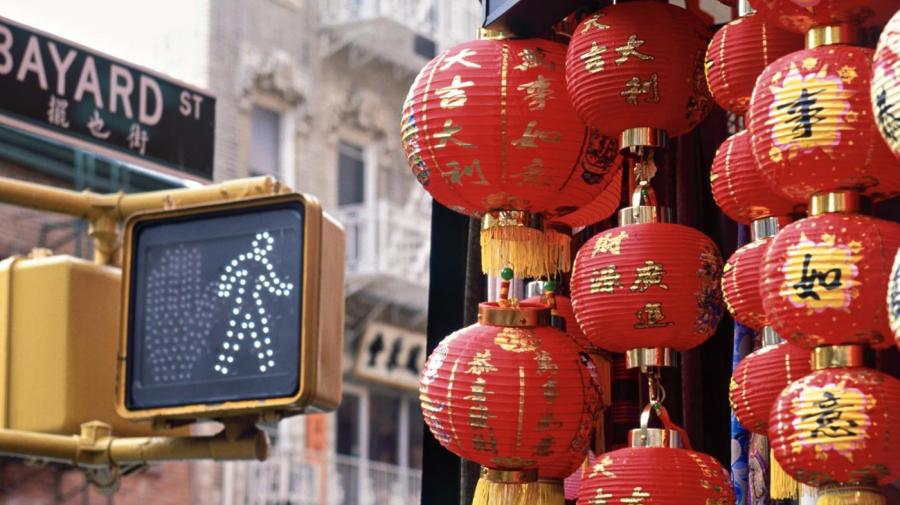What Did Chinese Immigrants Contribute to America?

The construction of the western portion of the first transcontinental railroad, as well as subsequent western railroads in the late 1800s, relied mostly on Chinese immigrants. They comprised more than 90 percent of the total labor force. During this era, Chinese immigrants, mostly men, took on jobs as launderers, cooks and child-care providers in newly established frontier communities and made hefty contributions to business and agricultural sectors in the West.
Spurred by the prospect of gold and prosperity for their family members back home, Chinese immigrants arrived by the thousands in the mid-to-late 1800s, serving as laborers for American mining companies or working on their own. They propelled California’s economic development by establishing some of the first commercial Western fisheries and by transforming vast swaths of Californian swamps into profitable farm lands. Their entry into the service trade acted as a boon to working men who lived where women had a limited presence.
After the Civil War, factory owners in California brought on Chinese immigrants to keep up with growing demand from an expanding population. Chinese factory workers helped sustain the success of the booming light industrial sector by efficiently producing high-demand consumer goods, from cigars and matches to footwear and clothing. Chinese immigrants also owned and operated a number of popular businesses and shops, such as restaurants and theatres. The unique appeal of San Francisco’s Chinatown also spurred tourism, proving a valuable source of income for the city.





